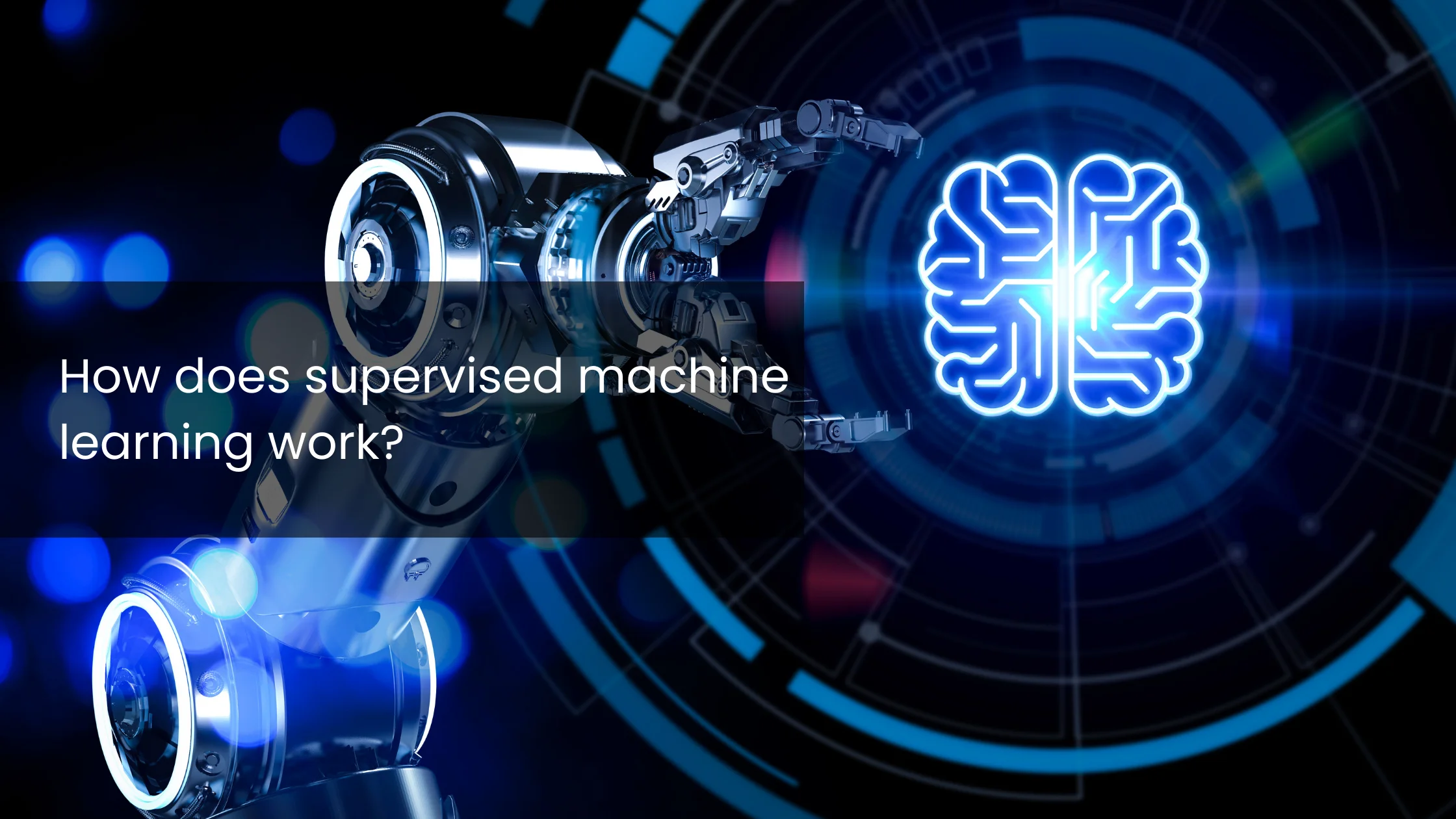 Welcome, tech enthusiasts! Today, we’re diving into the fascinating world of supervised machine learning. As experts from Cinute Digital, we're here to demystify this powerful branch of artificial intelligence. Whether you're a seasoned data scientist or a curious newcomer, this blog will offer you a clear, engaging, and professional overview of how supervised machine learning works. Let’s get started!
Welcome, tech enthusiasts! Today, we’re diving into the fascinating world of supervised machine learning. As experts from Cinute Digital, we're here to demystify this powerful branch of artificial intelligence. Whether you're a seasoned data scientist or a curious newcomer, this blog will offer you a clear, engaging, and professional overview of how supervised machine learning works. Let’s get started!
What is Supervised Machine Learning?
At its core, supervised machine learning is a type of algorithm that learns from labeled training data to make predictions or decisions. Imagine you're teaching a child to recognize different animals. You show them pictures of animals and tell them which animal is which. Over time, the child learns to identify animals on their own. This is essentially how supervised machine learning operates—using known inputs and outputs to learn and make predictions on new, unseen data.
The Training Process: Data is King
Supervised machine learning relies heavily on high-quality data. The training process involves feeding the algorithm a dataset where the input and the corresponding output are known. This dataset is often split into two parts: the training set and the test set.
Training Set: This is the bulk of your data, used to train the model. It includes both the input features (variables) and the output labels (results).
Test Set: This is a smaller subset of data, not seen by the model during training. It is used to evaluate the model’s performance and generalize its accuracy on new, unseen data.
For those ready to dive deeper, our Machine Learning and Data Science with Python course offers a comprehensive guide on handling and preparing datasets for supervised learning.
Key Algorithms in Supervised Learning
Supervised learning encompasses a variety of algorithms, each suited for different types of problems. Here are some of the most common:
Linear Regression: Used for predicting a continuous outcome. It models the relationship between the input variables and the output by fitting a linear equation.
Logistic Regression: Ideal for binary classification problems. It predicts the probability of a categorical outcome.
Decision Trees: These algorithms split the data into subsets based on the value of input variables, creating a tree-like model of decisions.
Support Vector Machines (SVM): Effective for classification tasks. SVM finds the hyperplane that best separates the data into classes.
Neural Networks: Particularly useful for complex pattern recognition and deep learning tasks. They mimic the human brain's interconnected neuron structure.
If you’re keen to explore these algorithms further, our Advanced Data Science and Machine Learning Masterclass provides detailed insights and hands-on experience.
How Does the Model Learn?
The learning process in supervised machine learning involves the following steps:
- Initialization: Start with an initial model.
- Prediction: Use the model to predict outputs for the training data.
- Comparison: Compare the predicted outputs with the actual outputs.
- Adjustment: Adjust the model parameters to reduce the difference between predicted and actual outputs.
- Iteration: Repeat the prediction, comparison, and adjustment steps until the model performance is optimized.
The goal is to minimize the error in the model’s predictions, often measured by metrics such as accuracy, precision, recall, or mean squared error.
Practical Applications
Supervised machine learning has a wide array of applications across various industries. Here are a few examples:
- Finance: Fraud detection, credit scoring, and risk management.
- Healthcare: Disease diagnosis, personalized treatment plans, and medical image analysis.
- Marketing: Customer segmentation, churn prediction, and targeted advertising.
- Retail: Inventory management, demand forecasting, and recommendation systems.
For an in-depth understanding of how these applications are implemented, our Advanced Machine Learning and Data Visualization course is a great resource.
Conclusion
Supervised machine learning is one of the most widely used approaches in AI today. Whether you're building a spam filter, predicting customer churn, or classifying images, it all starts with labeled data and a smart algorithm.
At Cinute Digital, we simplify ML learning with step-by-step courses that blend theory with practical projects. Master the tools, build your portfolio, and break into the world of AI.
Join us today to unlock the power of machine learning in your career!
Conclusion
Supervised machine learning is a powerful tool that can transform data into actionable insights. By understanding the basics of how it works, you can start applying these techniques to solve real-world problems and drive innovation in your field.
At Cinute Digital, we're committed to helping you master these skills. Explore our range of courses to find the perfect fit for your learning journey. Ready to take the next step? Check out our Machine Learning and Data Science with Python course and start your supervised learning adventure today!